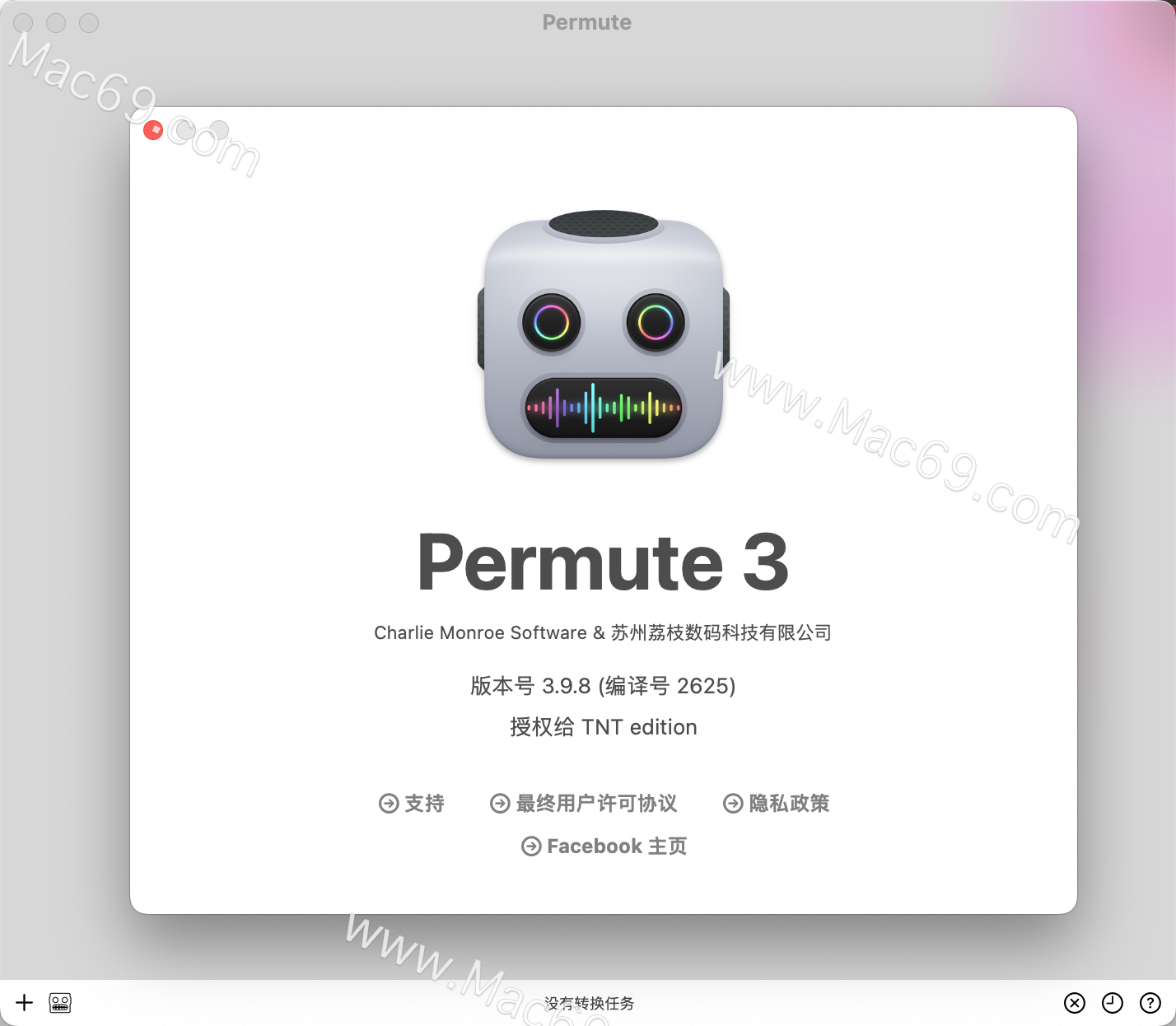

Previous Lesson Table of Contents Next Lesson The number of ways to order r objects out of n total different objects. AND, then use the MULTIPLICATION principle. Permute 3 macOS 10.If the events are be combined with the word This is also known as the Fundamental Counting Principle.ĭistinguish Between Addition and Multiplication Principles Ways after the first event has occurred, then the two events can occur in \(m × n\) ways. If one event can occur in m ways and a second event can occur in n Bpermute(A,3,2,1) transpose 1st and 3rd dimension Bpermute(A,2,1,3). Outcomes can occur in n ways, then the first or second event can occur in \(m + n\) ways. The above means that there are 120 ways that we could select the 5 marbles where order matters and where repetition is not allowed.If one event can occur in m ways and a second event with no common Second, youve missed all the transpositions and the identity. Refer to the factorials page for a refresher on factorials if necessary. begingroup First of all, some of the permutations youve written down are the same.

Where n is the number of objects in the set, in this case 5 marbles. If we were selecting all 5 marbles, we would choose from 5 the first time, 4, the next, 3 after that, and so on, or: Here we use defaultrng to generate 3 random integers between 0. A 13-year-old boy filmed Tripod the bear walking around the patio at his Lake Mary home and easily opening a mini fridge to celebrate with some hard seltzer. For example, given that we have 5 different colored marbles (blue, green, red, yellow, and purple), if we choose 2 marbles at a time, once we pick the blue marble, the next marble cannot be blue.

We can confirm this by listing all the possibilities: 11įor permutations without repetition, we need to reduce the number of objects that we can choose from the set each time. Popular Problems Finite Math Find the Number of Possibilities 13 permute 3 13P3 P 3 13 Evaluate 13P3 P 3 13 using the formula nPr n (nr) P r n n ( n - r). For example, given the set of numbers, 1, 2, and 3, how many ways can we choose two numbers? P(n, r) = P(3, 2) = 3 2 = 9. Where n is the number of distinct objects in a set, and r is the number of objects chosen from set n. When a permutation can repeat, we just need to raise n to the power of however many objects from n we are choosing, so Like combinations, there are two types of permutations: permutations with repetition, and permutations without repetition. Permutations can be denoted in a number of ways: nP r, nP r, P(n, r), and more. In cases where the order doesn't matter, we call it a combination instead.

To unlock a phone using a passcode, it is necessary to enter the exact combination of letters, numbers, symbols, etc., in an exact order. Another example of a permutation we encounter in our everyday lives is a passcode or password. A phone number is an example of a ten number permutation it is drawn from the set of the integers 0-9, and the order in which they are arranged in matters. Home / probability and statistics / inferential statistics / permutation PermutationĪ permutation refers to a selection of objects from a set of objects in which order matters.


 0 kommentar(er)
0 kommentar(er)
